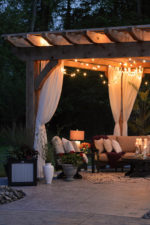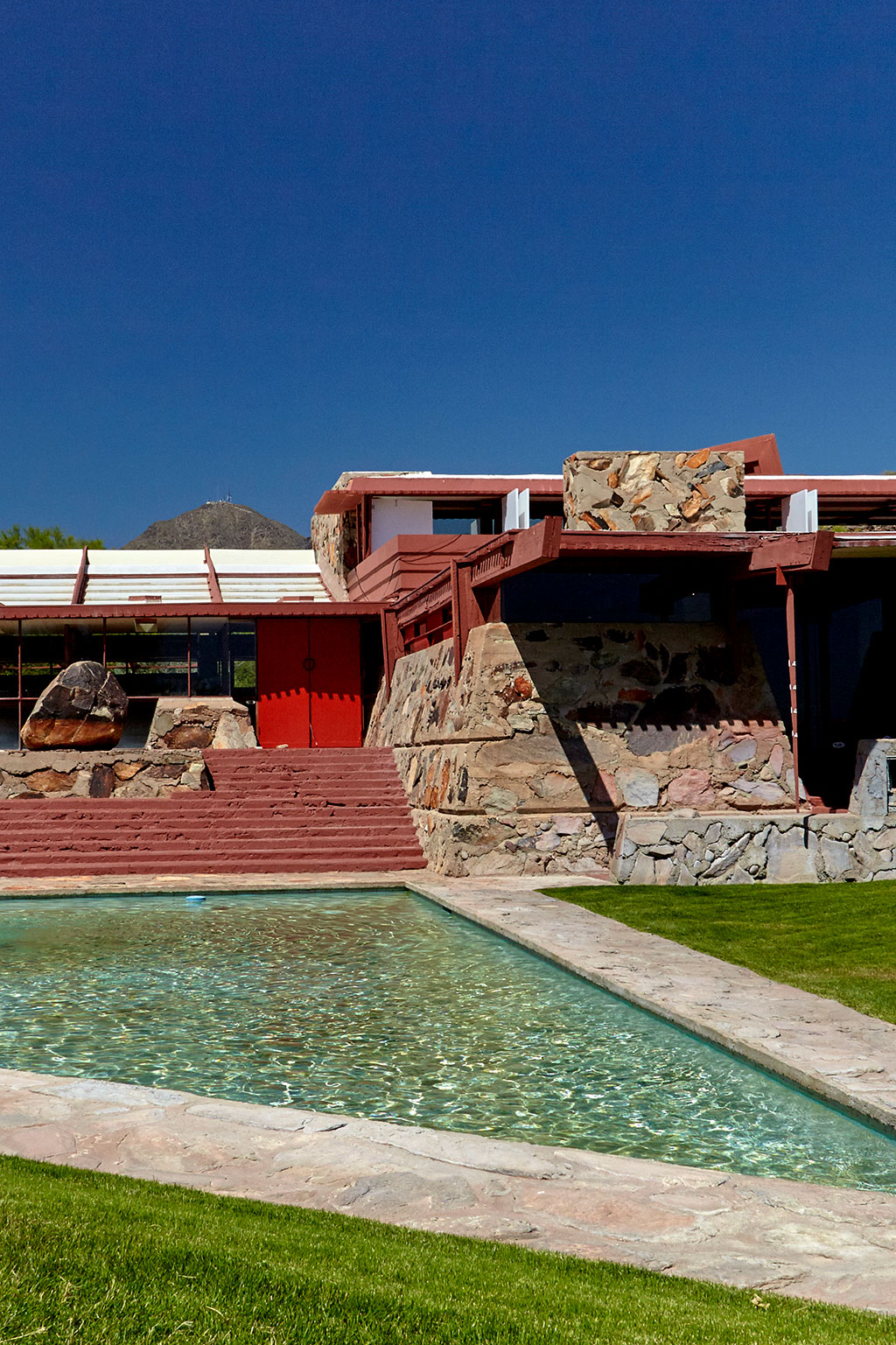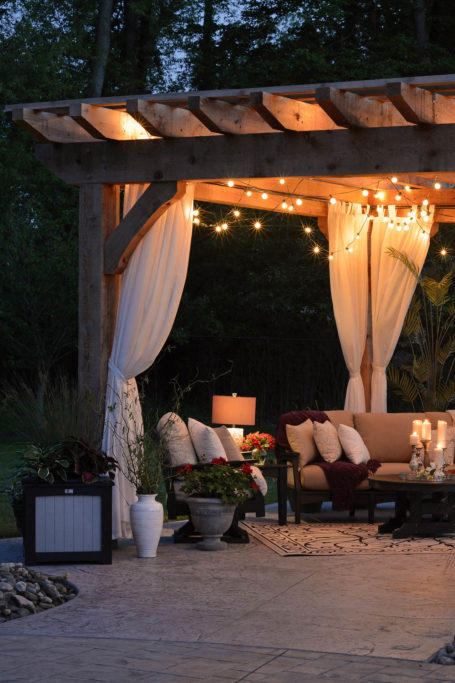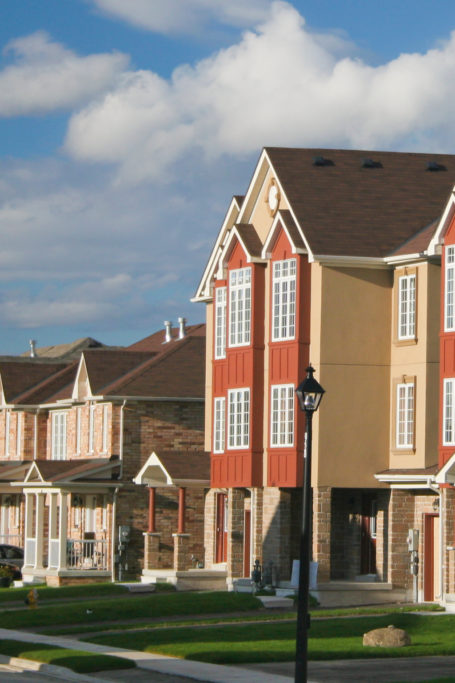A Tour of Architectural Masterpieces
Photos by getty images, unless noted
Named the “greatest American architect of all time” by the American Institute of Architects in 1991, Frank Lloyd Wright is celebrated for his innovative designs and enduring legacy that continues to influence contemporary home styles to this day.
Throughout his impressive seventy-year career, he imagined 1,114 concepts, of which 532 were constructed, consistently adapting his ideas to align with the evolving shifts in American society. Today, many of these architectural achievements are available to tour—here are some of the most iconic to consider adding to your list of must-see destinations.
Frank Lloyd Wright Home and Studio
(Oak Park, Illinois)
In 1889, Wright constructed his inaugural home and studio at just twenty-two years old. Here, he delved into various design concepts, laying the foundation for his iconic Prairie style that gained popularity in the early 1900s. Initially a modest size, the dwelling underwent numerous expansions to accommodate Wright’s growing family, which eventually included six children with his wife. After being sold in 1925, the property fell into disrepair before the Frank Lloyd Wright Trust restored it to glory in 1974. Now designated a National Historic Landmark, both the home and studio are open to guided tours, providing a firsthand showcase of the evolution of Wright’s spectacular concepts and designs. After you’re done, take some time to explore Oak Park as well—this eclectic community boasts the world’s most extensive collection of his buildings.
For more info, visit cal.flwright.org

Graycliff
(Derby, New York)
Considered one of Wright’s most bold and significant works, Graycliff, dubbed, “the jewel on the lake,” was designed as a summer family residence for Isabelle R. Darwin, the wife of wealthy industrialist Darwin Martin. The structure is situated on an 8.5-acre property atop a sixty-five-foot cliff, offering breathtaking views of Lake Erie. It features a glass pavilion-like center, exquisite terraces, cantilevered balconies, and meticulously designed gardens. In the late 1990s, the local community established the Graycliff Conservancy, acquiring the property to ensure its preservation and restoring it into a must-visit landmark for young and old alike.
For more info, visit experiencegraycliff.org
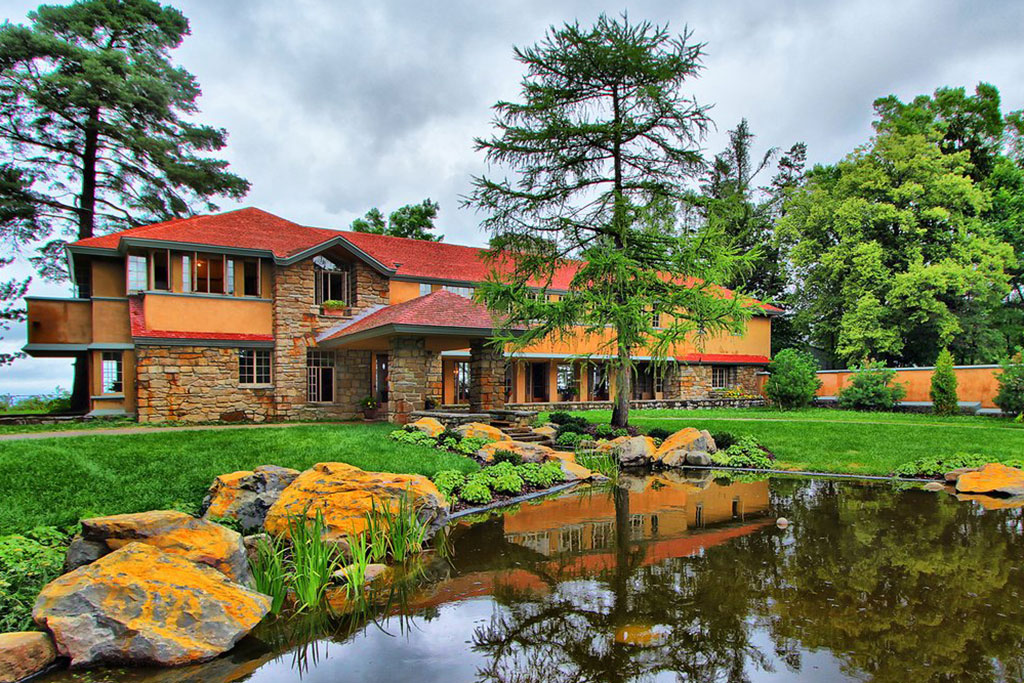
Hollyhock House
(Los Angeles, California)
The Hollyhock House, situated in Hollywood’s Barnsdall Art Park, holds the prestigious title of the first UNESCO World Heritage Site in Los Angeles. Commissioned by Aline Barnsdall, an oil heiress, the house was constructed between 1919 and 1921 to serve as a venue for avant-garde plays. Over time, it evolved into both her residence and a performing arts center. Wright’s architectural brilliance is evident in his connection of the exterior and interior spaces, achieved through glass doors, porches, pergolas, and colonnades. This marked a pivotal moment in the development of modern Southern California architecture. Today, the site stands as a testament to the building’s rich history and iconic designs, drawing over 43,000 visitors annually to enjoy Wright’s architectural mastery.
For more info, visit hollyhockhouse.org
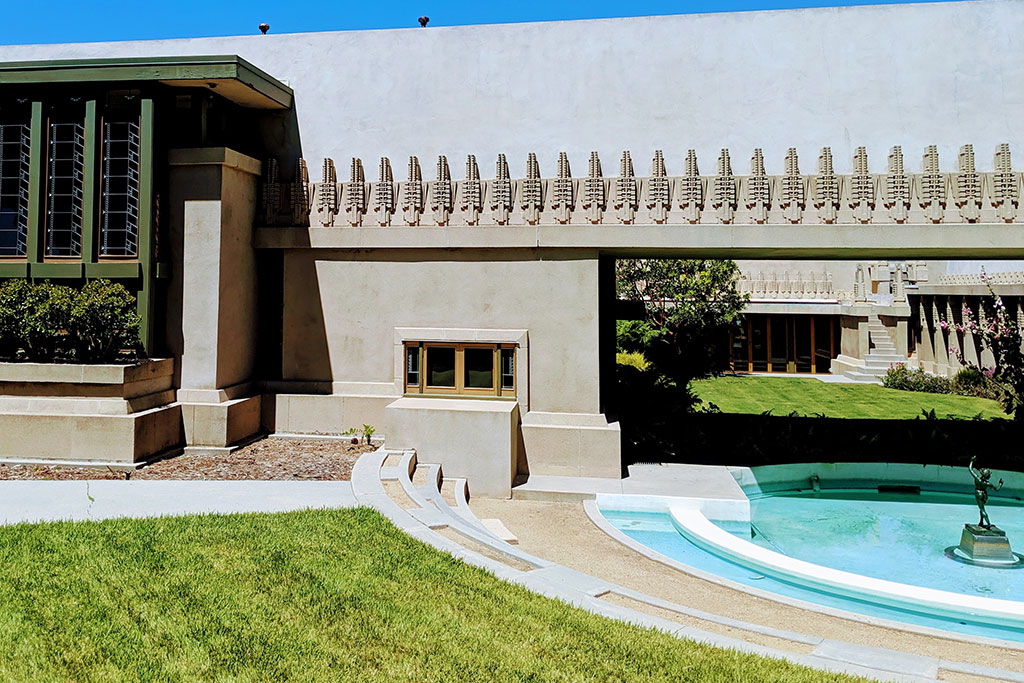
Rosenbaum House
(Florence, Alabama)
Wright’s influential Usonian style, developed in the Great Depression era, aimed to provide practical, affordable living for working-class families. His vision was to create organic architecture that allowed for expansion with a family’s growth and brought nature into all aspects from the ground up—or in his words, “Out of the ground and into the light!”
Perhaps no home exemplifies this style better than the 1939 Rosenbaum House. Originally a 1,540-square-foot structure, it eventually grew as the family did, reaching more than 2,600 square feet. Each room is easily accessible to the outdoors, ensuring that nature is in full view no matter where you are in the house. From the exterior angle, the home integrates with the surrounding landscape through its flat-lined roof design and elaborate overhang. Natural materials, including brick, wood, and concrete, further enhance its connection to the earth. Acquired in 1999 by the city of Florence, the estate is now a museum; in fact, it’s the only Wright creation in Alabama and the only home of his on public display in the Southeast.
For more info, visit wrightinalabama.com
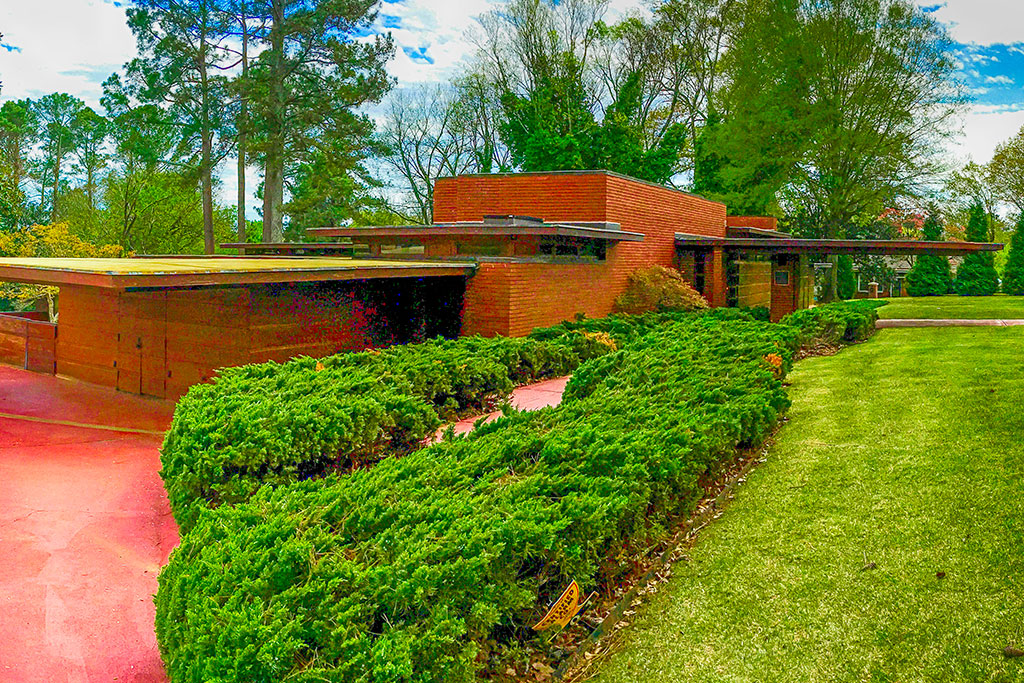
Taliesin West
(Scottsdale, Arizona)
Situated near the desert foothills of northeast Scottsdale, Taliesin West stands as one of Wright’s eight UNESCO World Heritage Sites. Referred to as his “desert laboratory,” he established it in 1937 to be his winter residence, meticulously crafting it to his specifications by incorporating a drafting studio, workshop, and accommodations for apprentices and staff. Wright was intent on preserving the primordial grandeur of the desert landscape, which he achieved through the use of locally sourced natural materials, including native desert rocks for his wall structures. He also employed architectural foresight to shield the residence from direct sunlight while still allowing for horizontal light. With such a seamless integration of external surroundings into the interior, it’s impossible not to be awed as you wander through the home.
For more info, visit franklloydwright.org/taliesin-west
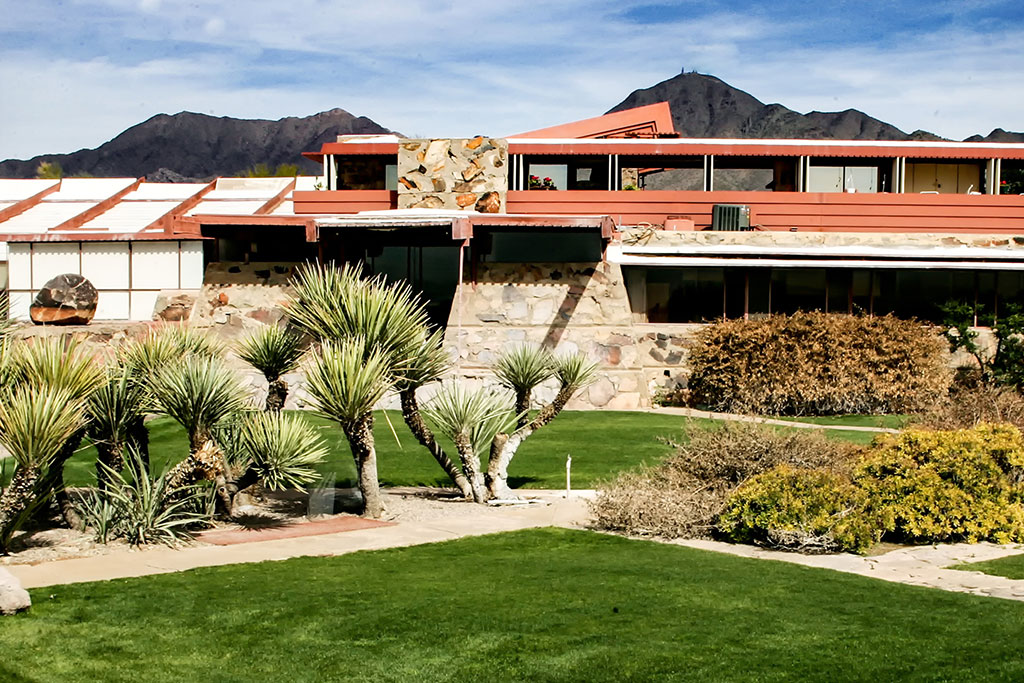
Frank Lloyd Wright’s profound innovation and talent, blending nature with his architectural designs, have left an indelible mark on American culture. Take a walk through history by visiting any of these homes, or visit the Frank Lloyd Wright Trust website to see what other marvels are waiting to be discovered. No matter which you choose to visit, you surely won’t be disappointed.







